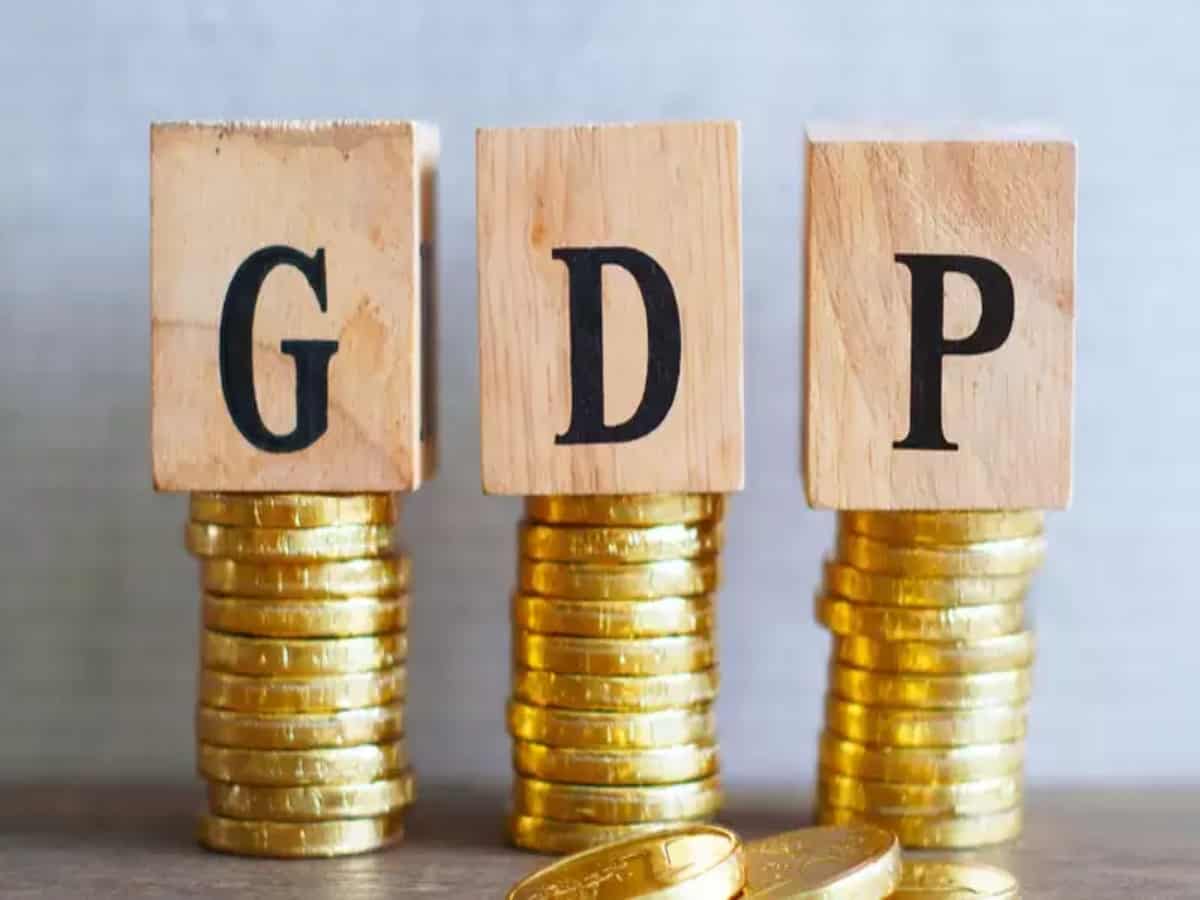
New Delhi: India’s importance as a global growth driver will increase with its share of world growth contribution rising from 10 percent in 2021 to 15 percent in 2022, and further to 17 percent in 2023-28, foreign brokerage Morgan Stanley said in a report.
“On a USD basis, we expect India’s nominal GDP growth to accelerate to 12.4 percent Y in F2025 (vs. 7 percent in F2024), outperforming China, the US and Euro Area. The high terminal growth rate will mean India’s economy will compound at a strong rate on a high base. We expect nominal GDP will reach US$5trn by 2027, making India the world’s third-largest economy,” the report said.
“We see a virtuous cycle unfolding in India. We expect growth to be sustained at a healthy clip of 6.4 per cent Y in F2024 and 6.5 percent Y in F2025, averaging 6.6 percent Y over F2024-28,” it said.
“We have had a constructive view on India for some time now, highlighting that India offers the best domestic demand alpha opportunity within Asia. The economic data is strong and risk assets have continued to do well. Against this backdrop, the debate with investors is around whether this strong run can be sustained and what are the risk factors to keep in mind,” it added.
“In our view, the most important driver to sustain growth and asset market performance is the investment cycle. To be sure, the investment cycle has already inflected, driven initially by a sharp upturn in public capex.
“There are signs that private capex is picking up. As we have highlighted before — it has been the shift in policy approach since 2019 towards supply side reforms (acceleration in public capex, cutting corporate taxes and the introduction of the PLI scheme as key pivots) and reduced emphasis on redistribution, which has attracted investment, unlocked the structural growth story,” the report said.
Some investors have been looking to FDI data for evidence that India is benefitting from supply chain diversification. However, FDI inflows into India have declined from a peak of US$70bn on a 4Q trailing basis in 2Q21 to US$33bn in 2Q23. With global GDP and trade growth softening, global FDI flows have softened, it added.
Moreover, there are some sector-specific factors, such as funding for the Internet and related sectors (from a venture capital and private equity standpoint), which has slowed and is weighing on the aggregates. To be sure, India has actually gained a higher share of global FDI flows since 2017, with its share rising from 2.4 per cent in 4Q17 to 4.2 per cent in 1Q23, the report said.
Another thing to note is that there are some implementation lags, where announcements have been made, but the actual investment has not yet flowed through. For instance, we are still getting incoming newsflow on electronic manufacturing investment commitments coming from companies like Foxconn and Intel recently announcing its collaboration with eight companies to manufacture laptops in India.



